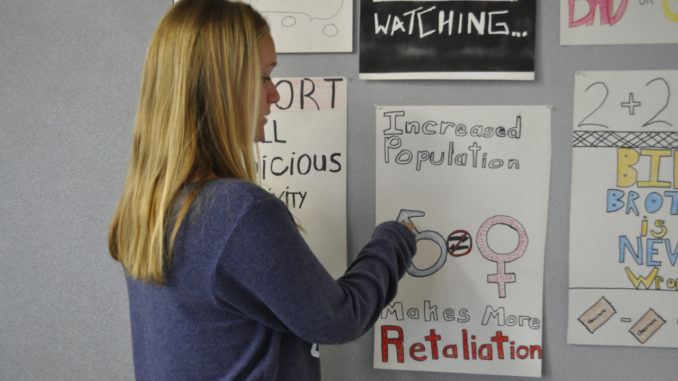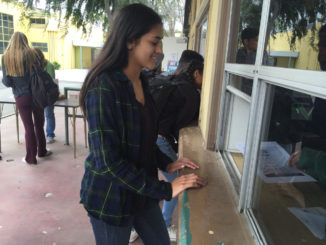
Valor Gosch
Staff Writer
Every year hundreds of students Mira Costa will spend at least one hour a day inside an English class and read through a myriad of fiction that may seem boring to some students. But many at Costa will tolerate it and trudge their way through the grind. Though Costa has an 83% percent pass rate on the state proficiency test according to the SARC (School Accountability Report Card), the 17 percent of students who do not pass are not being addressed properly.
Every year each school in the United States undergoes an evaluation that takes into account a myriad of factors including finances, facilities, and test grades. This evaluation is called the SARC which uses data taken from the High school exit examination test.
Right now the series of english classes, offered ranges from College Prep,,Advanced Placement, and Honors, with safety net for the students who underperform in the college prep program.This is one of the many reasons why students with low proficiency do not succeed
According to Lilla Foster, Learning Center teacher, the school has previously tried to implement support classes but had failed due to poor planning and follow-through. The idea behind CPS, college prep with support, was a great one, but was not put into effect correctly. Currently there are Resource classes, that offer support and modified curriculum, but these are only offered to students who have individualized education plans. Which is an overtly complex process that can harm the student academically if put into the process and programs.
According to the English department agrees that many students could benefit from these more supportive classes. According to Jonathan Westerberg, co-chair of the English department, the school needs something for kids who need more help in English. While modifying a whole other class with specialized teachers, and strong connections to the special ed department, will cost money, it will also help further close the gap and make sure everyone has a fair chance at completing high school.
In past years, according to Foster, Costa’s attempt to implement these kinds of classes would have been effective if it was put into effect correctly. But instead of trying fix the issues that occurred the first time, the program was scrapped. The program should be re-implemented instead of simply letting students fail without any backup, according to Westerberg here is a need for more classes for the students who are behind the curve and require a safety net, not a repeat of the same class they failed.
In recent years, schools have turned to the power of technology and tried to use it as a problem solver for almost everything from advanced note-taking, crash courses, and digital checks-ins, but at the moment technology can not solve this issue and can not fix the gap. The seventeen percent that can not make it through need a human hand to guide them through and explain things to them in ways a machine can not.
Costa needs a program that can try to help the seventeen percent of students whom can not make it through the normal English program alone and it seems that the only way too further close the gap is by implementing more supportive options in English classes.




Leave a Reply